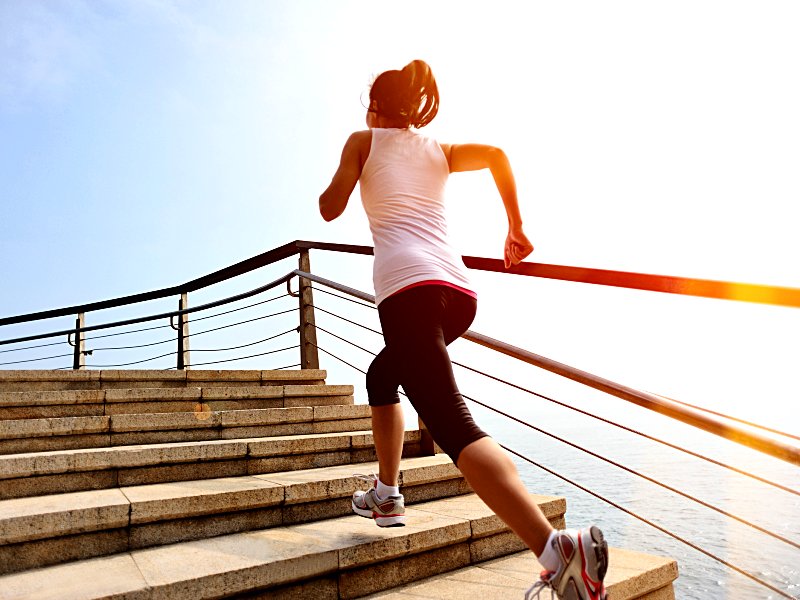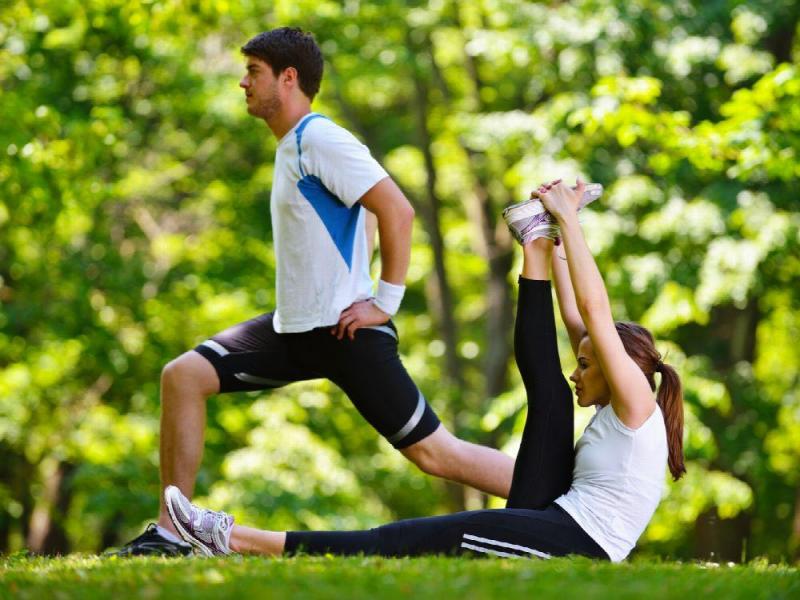
Physical Activity
In recent years there has been a growing interest of women in physical activity in the particular period of life, which is pregnancy. In order to explore the subject, we took part in an excellent course “Physical activity of pregnant women”. Thanks to the training, we have broadened our knowledge on planning and conducting physical exercises during pregnancy, as well as the broadly understood physiotherapy (massage, kinesiology taping, manual therapy). We want to help future mothers to reduce ailments, maintain physical fitness, prepare the body for the most difficult marathon in life, which is childbirth.
Influence of physical activity on the health of future mothers
Continuing or taking up physical activity during pregnancy is an important element influencing not only the proper course of pregnancy, but also childbirth and postnatal period. Pregnancy movement positively influences the improvement of cardiovascular, musculoskeletal and digestive system efficiency along with metabolic processes. In terms of childbirth, the advantages of physical activity are faster progress, less pain and stress, and reduced risk of serious injuries perineum. Regular physical activity effectively reduces swelling and varicose veins. This is particularly useful for active women, who are exposed to sedentary work mode. The benefits of frequent repositioning can be complemented by physical activity.
A few words about the physiology of pregnancy – what happens to our body…?
During pregnancy, the physiological deflection of the spine and the centre of gravity of the body changes. In order to avoid back pain, it is recommended to strengthen the muscles of the spine and the anterior and posterior muscles. Gymnastic exercises support the prevention of muscle spasms and contribute to proper bone calcification and increased flexibility of joints. Pregnant uterus presses on the lower part of the rectum, making it difficult to emptying. Increased mobility of the body stimulates intestinal peristalsis, preventing constipation. Especially walks are an excellent prophylaxis of these ailments.
In order to prevent the occurrence of anal varicose veins or to alleviate symptoms caused by ailments, special sets of exercises are recommended. Movement also has a systemic effect, and together with the reduction of body fat also reduces the risk of colorectal cancer.
Forms of movement recommended during pregnancy, how to exercise safely and effectively?
Before starting exercises or other forms of activity, you should first consult a gynaecologist, because various disorders and abnormalities in the course of pregnancy may constitute a contraindication to burden the woman with additional effort!

In the course of an uncomplicated pregnancy, taking up recreational, moderate physical activity is highly recommended, and future mothers should be encouraged to participate in meetings organized by birth schools or other activities with a profile adapted for pregnant women and to continue independent gymnastics at home. A prerequisite for safe gymnastics is regularity, the ability to perform exercises correctly, awareness of their purpose and the right choice of burdens. Lack of such knowledge may result in the risk of injuries, deterioration of mood and various health complications, and as a result in discouragement and interruption of physical activity.
The type and intensity of exercise is an individual matter and depends on many factors, such as the degree of physical activity before pregnancy, its advancement, mood and motivation of the pregnant woman, or the amount of free time available to her. The economic aspect and family support are also important. Each trimester has different guidelines for the type of activity allowed, but the general rules on how to conduct a training session are common for the whole pregnancy period. The exercises are preceded by a warm-up in the form of walking or simple movements in all joints, in each plane in turn, with attention paid to working in the full range of movement. By stimulating the cardiovascular system at the same time, the flow of arterio-venous blood is increased, metabolic products are removed faster and tissues are better supplied with oxygen.
From the very beginning of pregnancy you should pay attention to maintaining a proper figure. You should pay attention to the even distribution of the body weight on both feet, with their parallel position and slight unbalance. The buttocks and abdomen should be stretched to reduce lordosis, shoulder blades tightened, eyesight directed ahead, and the head should be an extension of the spine.
Movement in the form of sport or gymnastics is the main, but not the only means to prepare a pregnant woman for childbirth. Apart from it, there are also relaxation techniques and breathing exercises, which calm the body and have a greater impact on the pregnant woman’s psyche than physical exercise. They allow her to get acquainted with the work of her own body and learn how to perceive internal body signals, thanks to which the future mother has a chance to influence the feeling of cramps and increase the effectiveness of cooperation with medical personnel during childbirth.
The ability to control one’s own body reduces anxiety and stress associated with the awareness of the approaching solution, which in turn reduces muscle tension and pain, e.g. in the lumbar spine area. The technique of breathing exercises (apart from those strictly targeted at the given stage of childbirth) should include breathing in the nose with emphasis on the abdominal wall, lasting about 2 seconds, and a longer, 3-second expiration through the mouth arranged as for whistling. During this time the abdomen falls calmly and the exercising person should be accompanied by relaxation.
Yoga and Pilates (provided that the profile of classes is prepared for pregnancy) are other forms of gymnastics with beneficial effects for the exercising person. They calm the body and enable controlled stretching of muscles and work on their conscious tension and relaxation. The calm character of exercises does not require from a woman to perform violent movements, at the same time allowing for the activation of deep layers of muscles, which positively affects the ergonomics of postural muscles.
Walking is the most common and safest form of movement. Staying outdoors is very important for the well-being of mother and child. When going to a park or other place, remember about comfortable shoes and clothes adapted to the season. It is advisable to walk for about 30 minutes and, if possible, take place every day.
Swimming is a particularly recommended form of movement, which can be successfully practiced by active pregnant women as well as those characterized by a sedentary lifestyle. If there are no contraindications and the doctor has not recommended otherwise, you can swim from the beginning to the late stage of pregnancy. Unfortunately, for sanitary reasons, women have limited confidence in swimming pools and various types of swimming pools. Another problem is the lack of swimming skills and fear for one’s own health and that of the child resulting from the lack of knowledge about the legitimacy of such training.
Physical activity during pregnancy is an extensive subject, covering a number of physiological and psychological issues. The benefits of physical activity cannot be overestimated.
